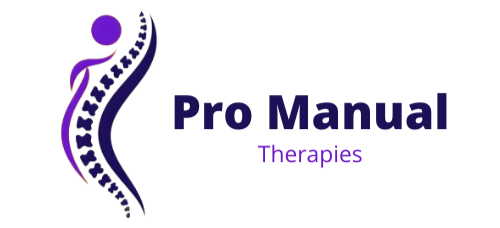Dry needling therapy, involves the strategic insertion of thin needles into specific trigger points within muscles to alleviate pain, reduce tension, and promote healing for a variety of musculoskeletal conditions. This modern technique, grounded in neurophysiology, triggers localized twitch responses that release tight muscles, improve blood circulation, and enhance overall function.
With benefits including rapid pain relief, improved flexibility, and accelerated healing, dry needling is a minimally invasive and effective option for addressing chronic muscle pain, headaches, sports injuries, and more. Our experienced practitioners tailor each session to your individual needs, providing a safe and comfortable experience aimed at restoring your optimal musculoskeletal health and well-being.
- Targeted Muscle Relief: Dry needling precisely targets trigger points within muscles, providing localized relief from pain, tension, and dysfunction.
- Improved Range of Motion: By releasing tight muscles and promoting relaxation, dry needling can enhance flexibility and range of motion, allowing for better movement and function.
- Rapid Pain Relief: Many patients experience immediate pain relief following dry needling sessions, making it an effective option for managing acute and chronic musculoskeletal pain.
- Safe and Effective: When performed by trained and experienced practitioners, dry needling is considered a safe and well-tolerated therapy with minimal risk of adverse effects.
Dry needling is a therapeutic technique that involves the insertion of thin needles into specific points within muscles, known as trigger points or myofascial trigger points, to alleviate pain, reduce muscle tension, and promote healing.
While both dry needling and acupuncture involve the use of thin needles inserted into the body, they are based on different principles. Dry needling is rooted in modern Western medicine and neurophysiology, targeting trigger points within muscles, whereas acupuncture is based on traditional Chinese medicine principles and aims to balance the flow of energy (Qi) along meridian pathways.
Most patients experience minimal discomfort during dry needling sessions. You may feel a slight prick or pressure sensation as the needles are inserted, and some individuals may experience muscle twitching or a dull ache, which is typically temporary.
The number of dry needling sessions needed varies depending on the individual’s condition, severity of symptoms, and response to treatment. Some patients experience immediate relief after a single session, while others may require multiple sessions spaced over time for optimal results.
Dry needling is generally considered safe when performed by trained and experienced practitioners. However, mild side effects such as temporary soreness, bruising, or fatigue may occur following treatment. Serious complications are rare but can include infection or injury to nearby structures.
After a dry needling session, it’s common to experience mild soreness or fatigue in the treated muscles. You may be advised to apply ice to the area, perform gentle stretching exercises, and stay hydrated to help alleviate any discomfort. Your practitioner will provide specific post-treatment instructions based on your individual needs.
To schedule a dry needling appointment or learn more about our services, please contact our clinic at [Clinic Phone Number] or [Clinic Email Address]. Our friendly staff will be happy to assist you and answer any questions you may have.
“Val is one of the best physicians I’ve seen on the Gold Coast. I’ve seen him several times over the years with sports-related injuries and have always walked away feeling better. I have referred multiple friends and family members and have received similar feedback back from everyone.”
“I highly recommend this clinic. The practitioner fixed a chronic issue I had been facing for four years in just two sessions. After the first appointment, my pain decreased by 75%, and by the second visit, it was completely gone. This clinic would be ideal for athletes or anyone leading an active lifestyle who struggles with persistent pain.”
Highly recommend Val, I’ve been seeing him on and off for a year for any issues I have and always leave feeling 100%, I had chronic pain in my neck from my desk job and with the treatments and suggestions Val has made for me, I no longer have this pain ongoing and am able to enjoy exercising again. I am constantly recommending his services to friends and family.
“I’ve been plagued with back issues for a few years now and since going to see Val I’m can honestly say I am pain free now. He works on the underlying problem which has been a miracle. Highly recommend”
Valera has a magic hands, I walked in to his practice and my back was in so much pain and walked out with 90% improvement
Best practices on Golds Coast for sure!
